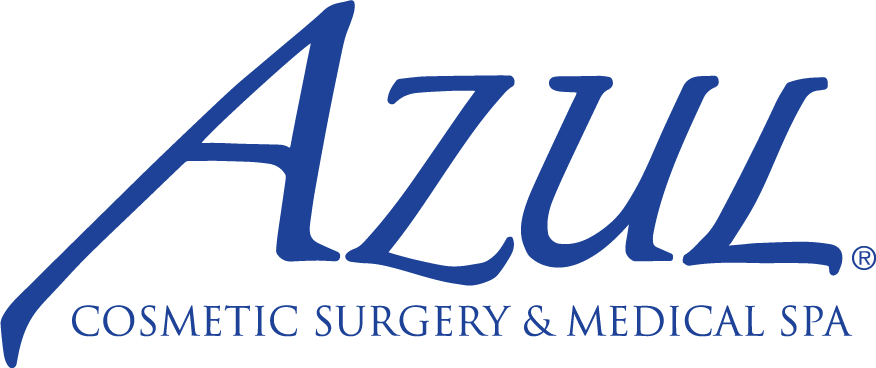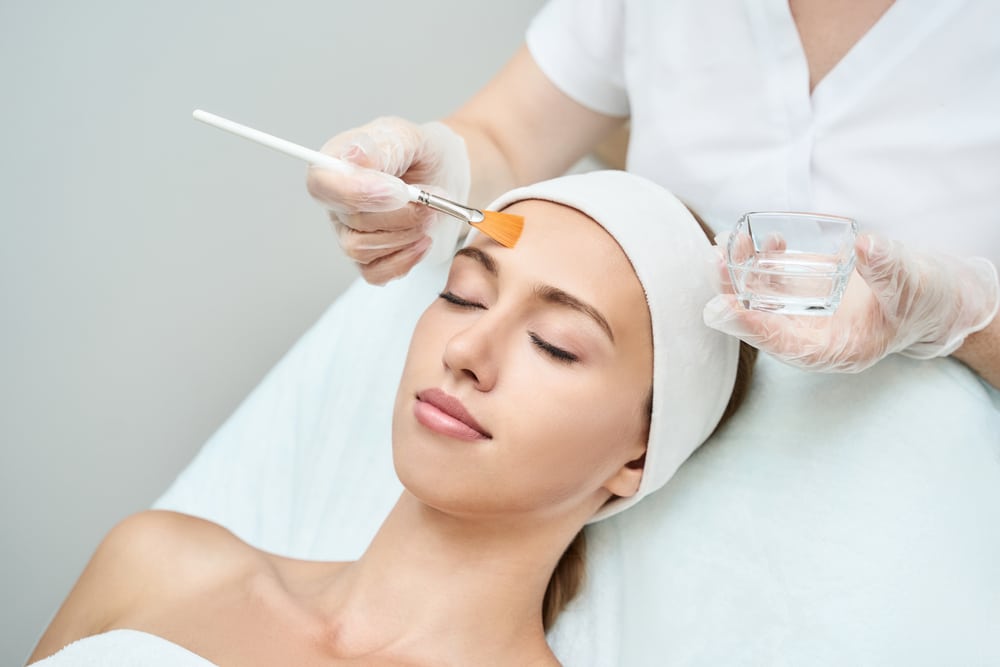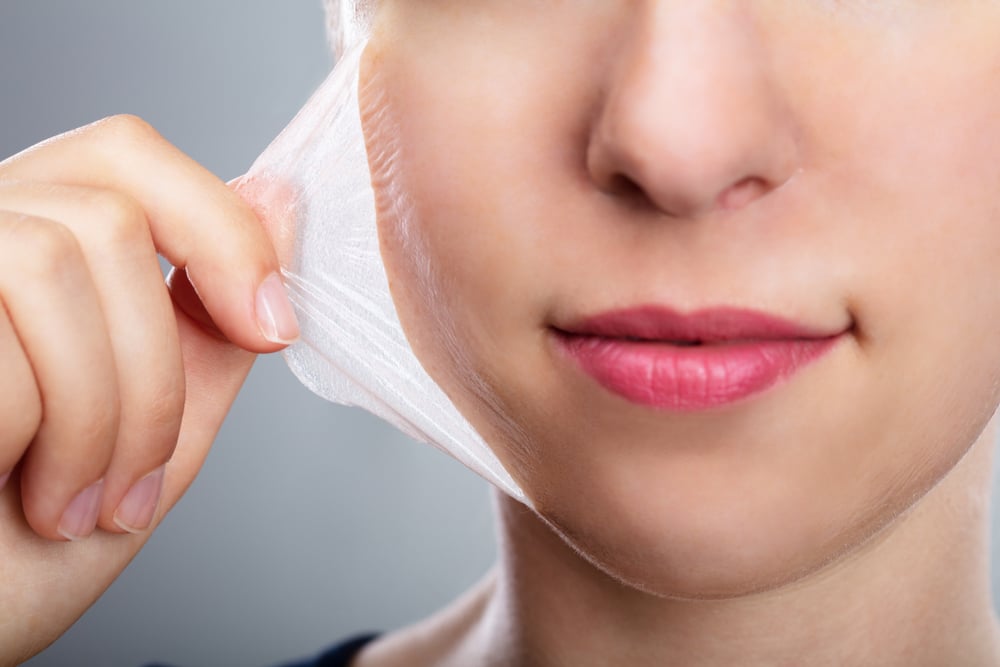Everything You Need to Know About Chemical Peels
- Posted on: Mar 15 2023
We know what you’re thinking. The phrase “chemical peel” sounds quite scary, doesn’t it? It may even sound like it’s taken straight out of a Breaking Bad episode. Well, you can relax, knowing that chemical peels aren’t scary at all. In fact, they are a fantastic option for women and men looking to rejuvenate the appearance and quality of their skin.
But what exactly is a chemical peel, and how can it help you achieve that glowing skin you want? Is there anything that you need to know before you get a chemical peel? Keep reading and you may just find the answers to all your questions!
What Is a Chemical Peel?
As the name suggests, a chemical peel is a treatment in which a chemical solution is applied to your face. This solution contains different types of acids, all of which penetrate your skin at different levels. At your consultation, our medical esthetician will decide on the right formula based on your skin type and the result that you want to achieve.
Under normal circumstances, your skin renews every 28 days. During that time, your skin regenerates, getting rid of dead skin. However, the dead skin, along with other environmental factors, often remain on the skin. Chemical peels work by removing this unwanted debris from your skin. They also help reduce the presence of acne, scars, and other skin imperfections so that you can enjoy radiant skin that you can’t wait to show off.
Types of Chemical Peels
You have to pick the right chemical peel for your aesthetic goals. To make your choice easier, you can talk with your medical esthetician at Azul® Cosmetic Surgery & Medical Spa to see which option works best for you. However, to help you better understand your options, here are the types of chemical peels we offer:
1. Superficial Peel
During a superficial peel, a mild acid is applied on the very top layer of your skin. This peel is often the best choice to treat rough skin and discoloration. Most people refer to it as a “lunchtime peel” because the treatment doesn’t take more than half an hour to complete. The results of this peel may last one to three months.
2. Medium Peel
This peel goes slightly deeper than a superficial peel, exfoliating the middle layer of your skin with substances such as glycolic acid. This type of chemical peel is often the best choice for patients who struggle with discoloration, freckles, fine lines, wrinkles, and age spots. The best part about getting a medium peel is that the results often last two to six months after your treatment.
3. Deep Peel
During a deep peel, our medical estheticians use stronger acids, such as trichloroacetic acid, to penetrate your skin to a deeper level. This peel is often a good choice for patients who need a high-impact treatment. If you have deep-set acne scarring, deeper wrinkles, or sun damage then a deeper, more intensive peel might be the best option for you!
Why Would You Need a Chemical Peel?
Chemical peels penetrate deeper than the skin’s natural renewal process, making them a great way to reduce those unwanted skin imperfections. A chemical peel can improve the texture and tone of your skin, reducing the appearance of:
- Rough texture
- Wrinkles and fine lines
- Acne
- Dullness
- Clogged pores
- Scarring
- Hyperpigmentation
- Rosacea
- Skin laxity
- Enlarged pores
- Moisture balance
You can also use a chemical peel for dark spots, but peels often do help correct deep wrinkles or sagging skin. If you struggle with these cosmetic issues, a dermal filler may be the more appropriate choice. However, if you are looking for minor to medium improvement to the texture of your face, then a chemical peel may be exactly what you’re looking for.
What to Expect During a Chemical Peel Procedure?
The first step during your chemical peel, our medical esthetician will begin by cleansing your face with a gentle cleanser and then a chemical solution will be applied. At this point, you may be asking yourself if chemical peels hurt, and the answer to that depends on the type of treatment you’re having performed. All in all, there may be some discomfort and slight tingling the deeper the peel you choose. Don’t be worried if you notice some redness, tingling, peeling, or mild swelling – that’s normal during the regeneration process.
It’s important that you follow your chemical peel aftercare routine as instructed by your medical esthetician. After your treatment, your skin is super sensitive to UV damage, so you want to make sure that you wear sunscreen with at least SPF 30. However, it may be best to avoid the sun as much as you can after your treatment. If you’re in the market for a new SPF, we offer a wonderful tinted sunscreen that evens out your skin tone and leaves you with a radiant glow.
Chemical peels are a great way to revitalize and rejuvenate your skin! Give us a call to get more information on chemical peels or schedule your next appointment!
To schedule your consultation or to learn more about our chemical peels, call Azul® Cosmetic Surgery & Medical Spa today at 239-379-8924 or fill out our online contact form.
Posted in: Chemical Peel



